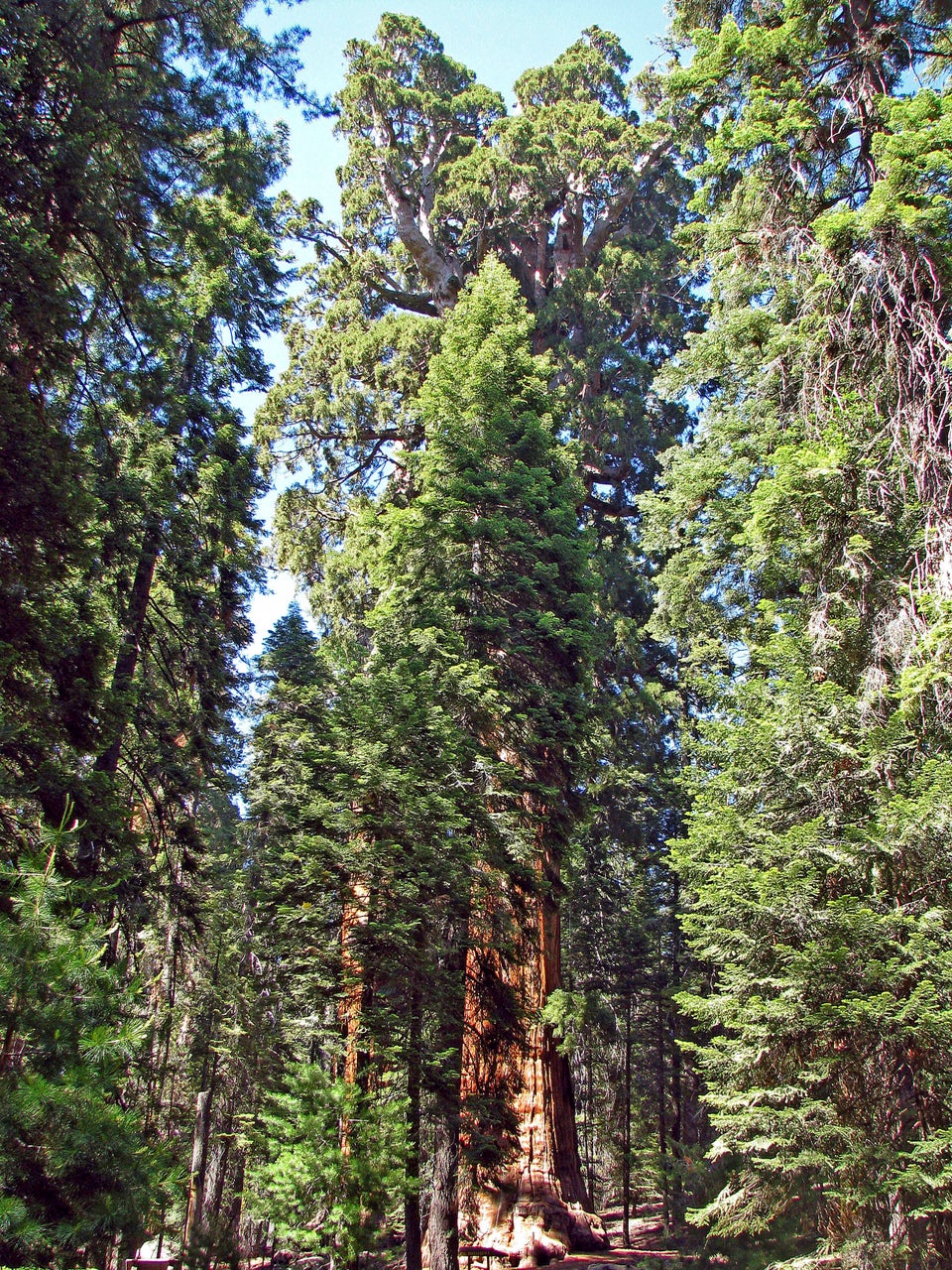By Lawrence Hurley
WASHINGTON, March 10 (Reuters) - In a setback to the U.S. government's long-running policy of converting abandoned railroads into public trails, the U.S. Supreme Court on Monday ruled for a Wyoming property owner who objected to a plan to extend a pathway across his land.
In a decision that could affect similar cases across the United States, the court ruled on an 8-1 vote that the right-of-way across Marvin Brandt's land that was established by a railroad was extinguished when the railroad was later abandoned.
As a result, the U.S. Forest Service cannot build a public trail along a half-mile stretch of the railroad that crosses Brandt's land in Fox Park. The land is in the Medicine Bow National Forest, about 40 miles (64 kms) west of Laramie, Wyoming.
Justice Sonia Sotomayor wrote in her dissenting opinion that the decision "undermines the legality of thousands of miles of former rights of way that the public now enjoys as means of transportation and recreation."
She said the court's decision could lead to more expensive litigation over other trails, including compensation claims filed by landowners.
The railroad in question, the Laramie, Hahn's Peak and Pacific Railroad Co, was 66 miles (106 kms) long, running from Laramie to the Colorado border. The line was formally abandoned in 2004, prompting the U.S. government to seek title so it could transform the land into a trail, as it has done to former railroads throughout the country since the 1980s.
There is currently a 21-mile (34-km) trail that includes a detour around Brandt's property.
The Rails to Trails Conservancy, which backed the government in the case, had previously said a ruling for Brandt could affect popular trails, including the George S. Mickelson Trail in South Dakota and the Rio Grande Trail in Colorado.
There are currently about 20,000 miles of so-called rail trails, according to the conservancy. Some, including those that run through federally-owned land, would not be affected by the decision.
But Kevin Mills, the group's senior vice president of policy and trail development, said the ruling would make certain trail projects "more vulnerable to litigation from adjoining landowners."
Writing for the majority, Chief Justice John Roberts rejected the government's claim that the right of way reverted to the government once the railroad ceased operating.
He said that the terms of the agreement that allowed Brandt to assume ownership of his land from the federal government in 1976 largely determined the outcome. The contract made no mention of the right-of-way switching to the government, Roberts said.
The case is Brandt v. United States, U.S. Supreme Court, 12-1173. (Reporting by Lawrence Hurley; editing by Howard Goller and G Crosse)

